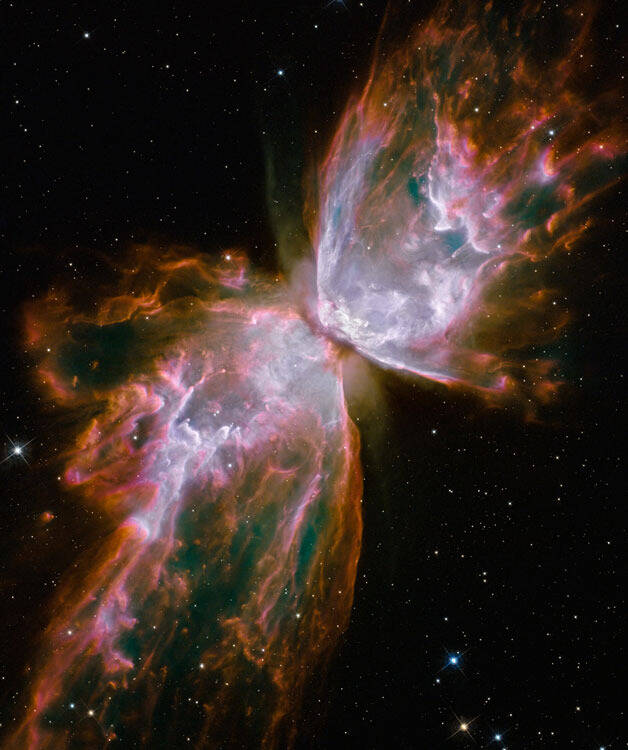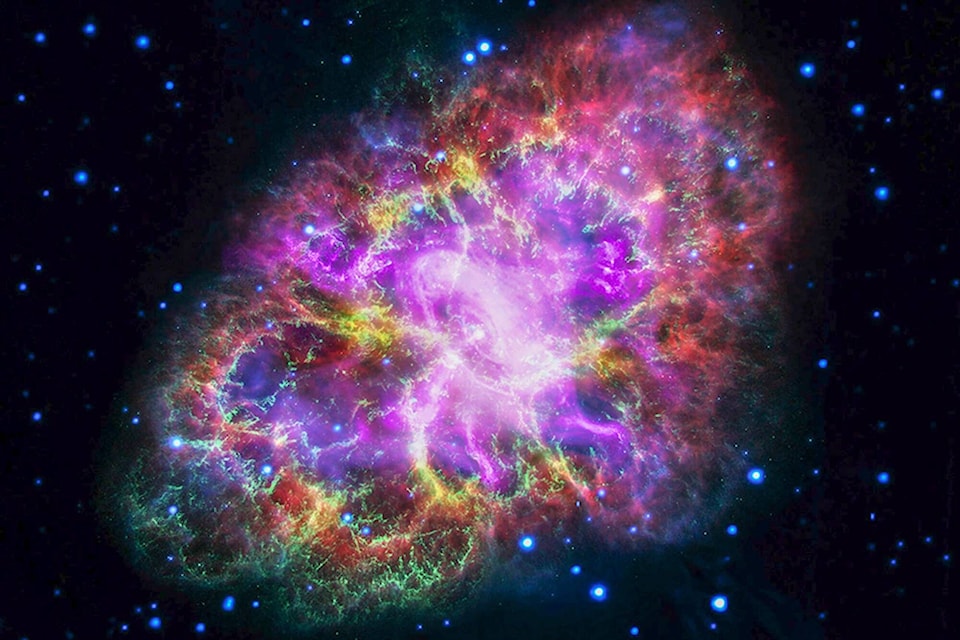There have been many remarkable accomplishments in the space realm over the past 24 months or so, and the most fascinating to me has been the James Webb Telescope. The complexity is staggering, and I’ve held my breath each time they have had a deployment.
So far, it has all gone according to plan, which has momentous implications for the human race.
The National Aeronautics and Space Administration’s (NASA) James Webb Space Telescope team has now fully deployed its 21-foot, gold-coated primary mirror, successfully completing the final stage of all major spacecraft deployments to prepare for science operations.
A joint effort with the European Space Agency (ESA) and Canadian Space Agency (CSA), the Webb mission will explore every phase of cosmic history, from within our solar system to the most distant observable galaxies in the early universe.
“Today, NASA achieved another engineering milestone decades in the making. While the journey is not complete, I join the Webb team in breathing a little easier and imagining the future breakthroughs bound to inspire the world,” said NASA administrator Bill Nelson.
“The James Webb Space Telescope is an unprecedented mission that is on the precipice of seeing the light from the first galaxies and discovering the mysteries of our universe. Each feat already achieved and future accomplishment is a testament to the thousands of innovators who poured their life’s passion into this mission.”
The two wings of Webb’s primary mirror had been folded to fit inside the nose cone of an Arianespace Ariane 5 rocket prior to launch.

After more than a week of other critical spacecraft deployments, the Webb team began remotely unfolding the hexagonal segments of the primary mirror, the largest ever launched into space.
This was a multi-day process, with the first side deployed on Jan. 7, and the second on Jan. 8.
The world’s largest and most complex space science telescope will now begin moving its 18 primary mirror segments to align the telescope optics.
The ground team will command 126 actuators (an actuator is a device that produces a motion), on the backsides of the segments to flex each mirror, an alignment that will take months to complete.
Then the team will calibrate the science instruments prior to delivering Webb’s first images this summer.
Soon, Webb will also undergo a third mid-course correction burn, one of three planned to place the telescope precisely in orbit around the second Lagrange point, commonly known as L2, nearly 1 million miles from Earth.
This is Webb’s final orbital position, where its sunshield will protect it from light from the Sun, Earth, and Moon that could interfere with observations of infrared light.
Webb is designed to peer back over 13.5 billion years to capture infrared light from celestial objects, with much higher resolution than ever before, and to study our own solar system as well as distant worlds.
I can hardly wrap my head around what may be found in deep space and wonder what Galileo and numerous others who looked to the skies with the first telescopes in 1608 would think? Can you imagine their amazement?
I look up often wondering what is out there, but I would have never thought of shooting a space mirror off the top of a rocket to look back billions of years in time. I will be fascinated to see what the first images will be.
Wouldn’t Steven Hawkings and all the others who have studied ways to look further back in the universe be proud? Hawkings always said it would be incredible, and I for one can’t wait to see.
